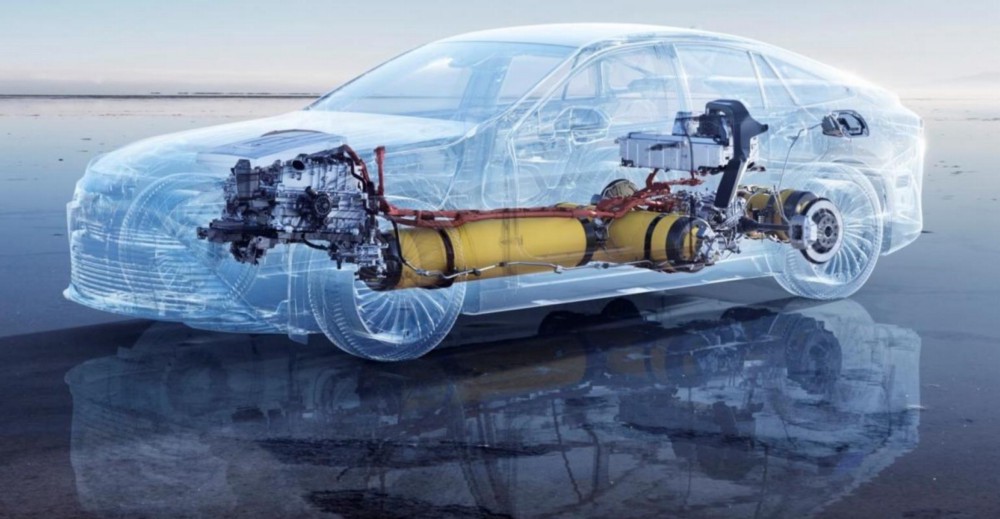From Journalist Michael Barnard: Did Toyota Make a Mistake with Hydrogen and the Mirai?

As we oldsters recall, hydrogen hit the energy/transportation scene in the early 1970s, when OPEC closed the oil spigot and left U.S. drivers in long gasoline lines. Toyota instantly sprung into action, and went to work designing their first fuel cell vehicle. It is from this viewpoint that the world’s largest automaker made a very sane decision. In particular, no one knew at the time that:
Lithium ion batteries would make such speedy progress
Fuel cell cars would be such an enormous challenge to design, build, and bring to market
The hydrogen delivery infrastructure would simply lose out to EV chargers
In a way, Toyota’s decision to go in this direction was analogous to the inception of corn ethanol, i.e., it made sense at the time. It was made before we found out that there were huge environmental issues associated with ethanol, and that once these subsidies were in place, they were politically impossible to remove.
In any case, the Japanese culture is unlike anything we have in America. When something doesn’t work here, we call it a failure, and move on. There are hundreds of self-made multi-millionaires who had several disappointments before they found something that worked. We actually admire that spirit, and the honesty that is required to say, “Well, that was a disaster. Let’s move on.”
It is because the Japanese have a tough time “losing face” that we’re likely to see a continuing connection between Toyota and hydrogen for a very long time.
